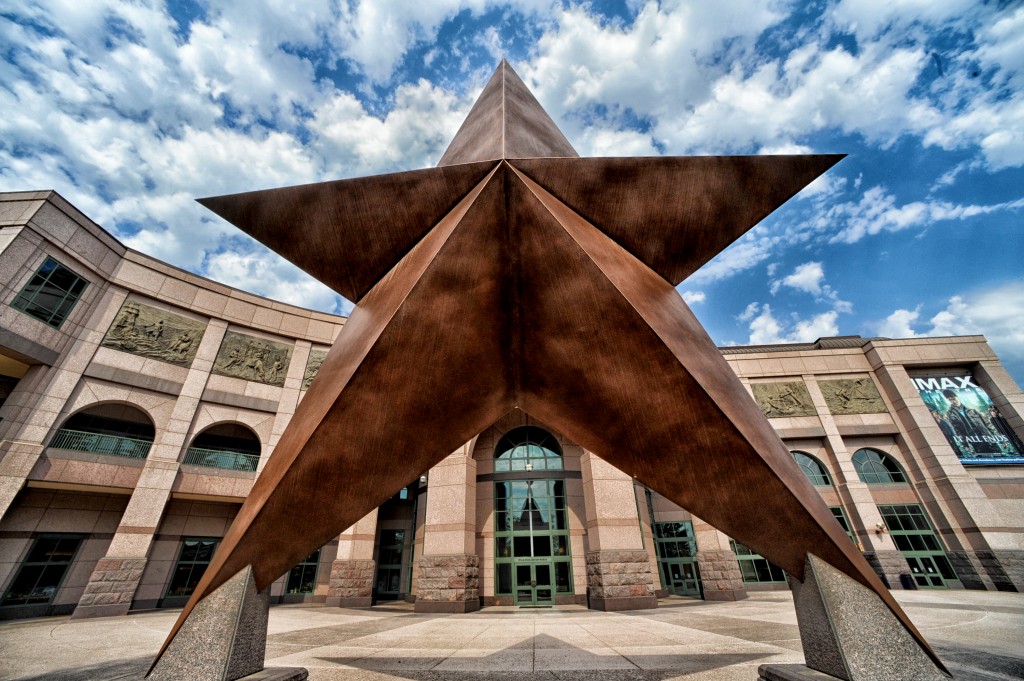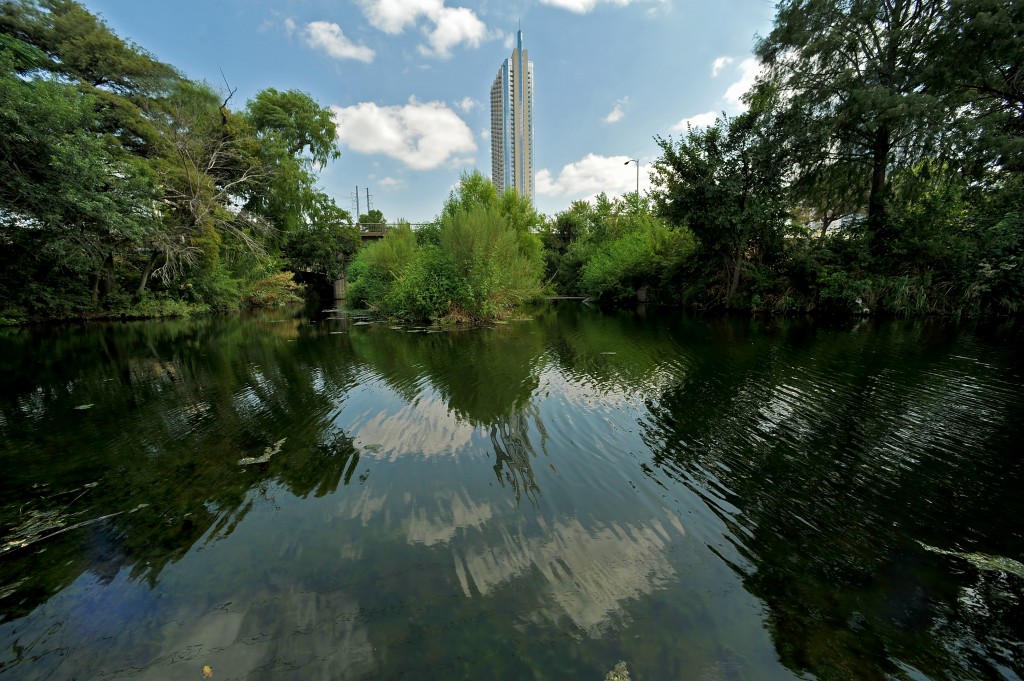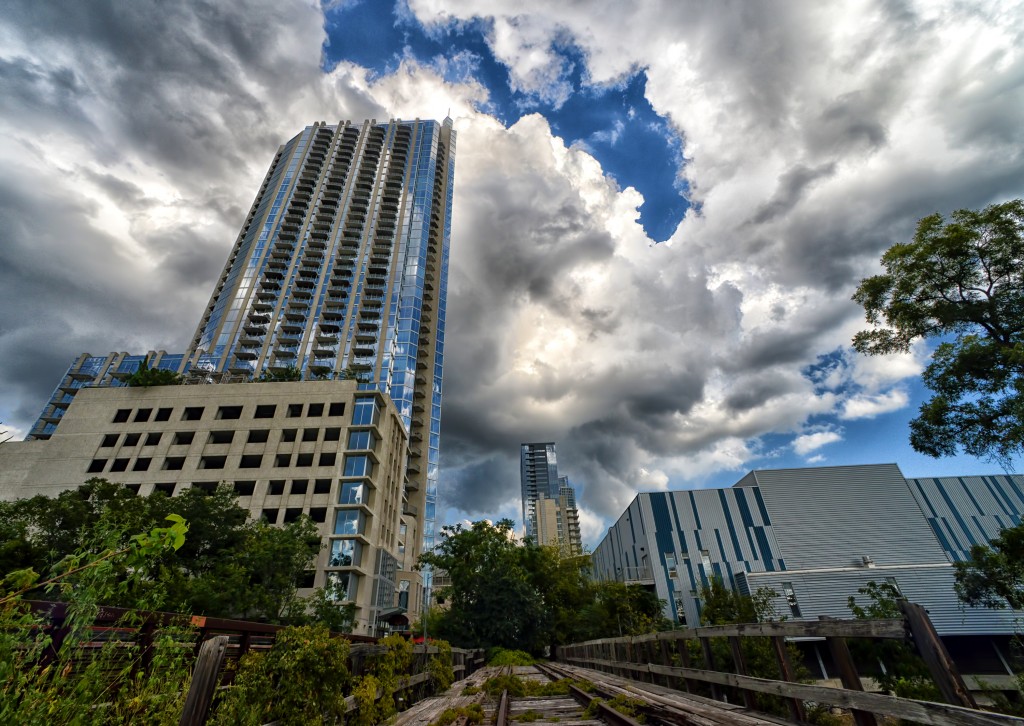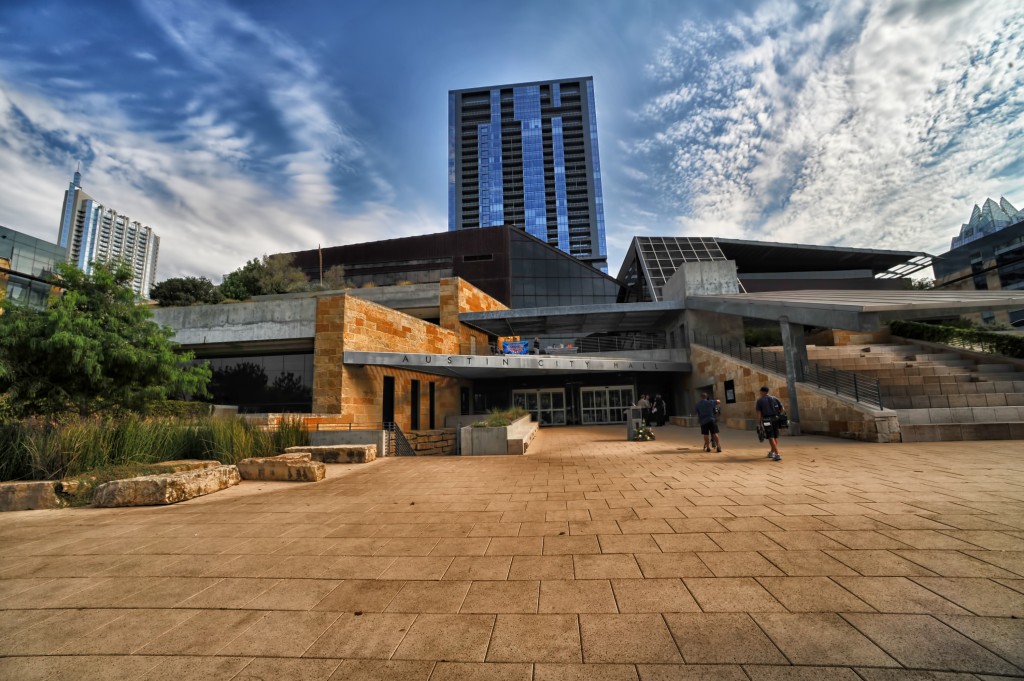
The man for whom history is bunk is almost invariably as obtuse to the future as he is blind to the past…J. Frank Dobie
Austin began with Shoal Creek sitting on the sidelines. Edwin Waller adopted Shoal Creek as the western edge of the new city, and his to-be namesake as the eastern boundary. Congress Avenue became the centerline.
No longer. Austin is upside down, inside out. The city sprawls past these edges into the white-rocked and cedar-treed hinterlands. Shoal Creek neighborhoods like Old Enfield and Pemberton Heights, renewed and revitalized, eject thousands of motorists each morning to wend their ways to downtown employment.
Yet Shoal Creek pumps life in more than one direction. Shoal Creek people connect to the city through the creek, but the life of the city flows north as well. One can peer north from the mouth of Shoal Creek to the central business district, state government, the University of Texas, the Pickle Research Campus, and out to the Domain. Once an extremity, Shoal Creek is now a vital organ.
Shoal Creek is not alone in its transformation. The Colorado River, now Lady Bird Lake, and Waller Creek are evolving as well. Shoal Creek is the only one of the three to retain enough of its original form and character, however, to serve as the standard bearer for the city’s heritage.
Heritage is a squishy word, easy to mold, easy to tape to the refrigerator door. There is an element of heritage in art, in food, in architecture. Eeyore’s birthday is heritage. Wooldridge Square is heritage. Rosewood is heritage. The 1887 West 6th Street Bridge is heritage. The Bullock Texas State History Museum houses some of Austin’s heritage. SXSW is becoming heritage.

Heritage is more than history, though. Heritage is patrimony. Heritage is legacy. Heritage is birthright. Heritage is that which previous generations left behind, consciously or unconsciously, that gives meaning to the places we live, as well as to how we live.
America is a new country, and Austin is a new city. Institutions and traditions that are well established in many of America’s older cities are either absent or in their nascence here. For example, the tradition of investing in the city through philanthropy is a new-born in Austin.
Consider Chicago, another one of America’s post-colonial metropolises. Our two cities are similar in age. Chicago was founded in 1833, and Austin in 1839. Our trajectories quickly diverged. Austin grew to 34,876 inhabitants by 1920. In the same period of time Chicago exploded to nearly 3 million (2,701,705). According to the Texas State Historical Association, “in 1905 Austin had few sanitary sewers, virtually no public parks or playgrounds, and only one paved street.” Only four years later (1909), Chicago would adopt the Burnham Plan, setting the stage for “new and widened streets, parks, new railroad and harbor facilities, and civic buildings.”
While Chicago raced forward at breakneck speed, Austin idled. While cities such as Chicago, New York, and Philadelphia were investing in great buildings and great spaces (Benjamin Franklin Parkway in Philadelphia, one of the nation’s first urban renewal projects, began in 1907), Austin remained hard-scrabbled. The election to finally settle the establishment of Austin as the state capital did not take place until 1872, 30 years after the founding of the city for that expressed purpose. The new University of Texas did not hold its first classes until 1883, and the Texas state government did not occupy the new capitol building until 1888.
Austin’s “great leap forward,” ironically, is the Great Depression. Austin is the city built by the New Deal. Initiatives such as the CCC, PWA, and WPA funded many of Austin’s icons. Zilker Park, Deep Eddy, the Lamar Bridge over Lady Bird Lake, the dams on the Colorado River, including Tom Miller, Lamar Boulevard, many of the bridges over Waller and Shoal creeks, House Park, the UT Tower and Hogg Auditorium, Emma Long Metropolitan Park; all were federal relief and stimulus projects brought to Texas by strong local officials such as Mayor Tom Miller and powerful Texas congressional leaders such as John Nance Garner, Lyndon Johnson, and James P. “Buck” Buchanan. These projects did not come from a generous philanthropic community. Much of this infrastructure came from the beneficent federal government.
Even in 1964, the year the nation elected sometimes Austinite Lyndon Johnson president by landslide, Austin’s population had only grown to a little over 200,000. By 1964, Austin had a growth rate of 1.5% and a population 1% of Chicago’s.
Within 50 years, however, the pattern had dramatically changed. The Armadillo World Headquarters had set the stage for Dell Computers. By 2013, Austin topped 875,000, and Chicago hemorrhaged population (in fact, Chicago is smaller today than in 1920). One of the great cities of the twentieth century, Chicago, is moving aside for Austin, a city from the twenty-first.

Chicago shaped its future and its legacy in 1909 with the Burnham Plan. The Burnham Plan carried Chicago for a century. Austin has yet to choose. We have no vision, no plan, and whatever legacy we are leaving is being written for us by outside consultants. A city of emigrants is a city without its own past, its own heritage. We have chosen to import one instead.
I suspect that one of the visions being imported is from Chicago. Some of those leaving Chicago come here. They bring their tastes and cultures with them. With every arrival Austin changes ever so slightly from what it has been to what it may be. Some who come are here to earn the most and to invest the least. Yet there are others for whom Austin is now home, not only a destination but a destiny as well.
Yet consider the possibilities. Austin isn’t hamstrung with preconceptions of what a city should or should not be. Austin can draw upon its native traditions, as well as those of the people who have chosen to emigrate here. This amalgamation may well combine into an entirely novel heritage that guides (and profits) future generations of Austinites. Austin is poised to become one of the great twenty-first century American cities. much like twentieth century Chicago and nineteenth century Philadelphia.
At these crucial moments great cities find the will to trap opportunity and harness it for the betterment of all. Shoal Creek offers the opportunity for us to show how this should be done. These opportunities demand grand plans to accompany grand aspirations. Grand plans dance between the impositions of the past and the insensitivities of the future. At this moment, Austin has no grand plans, no path to walk. Yet the opportunity for greatness remains, waiting on an inspired few to stir men’s blood.
Make no little plans; they have no magic to stir men’s blood…Daniel Burnham
Ted Lee Eubanks
1 Feb 2014
